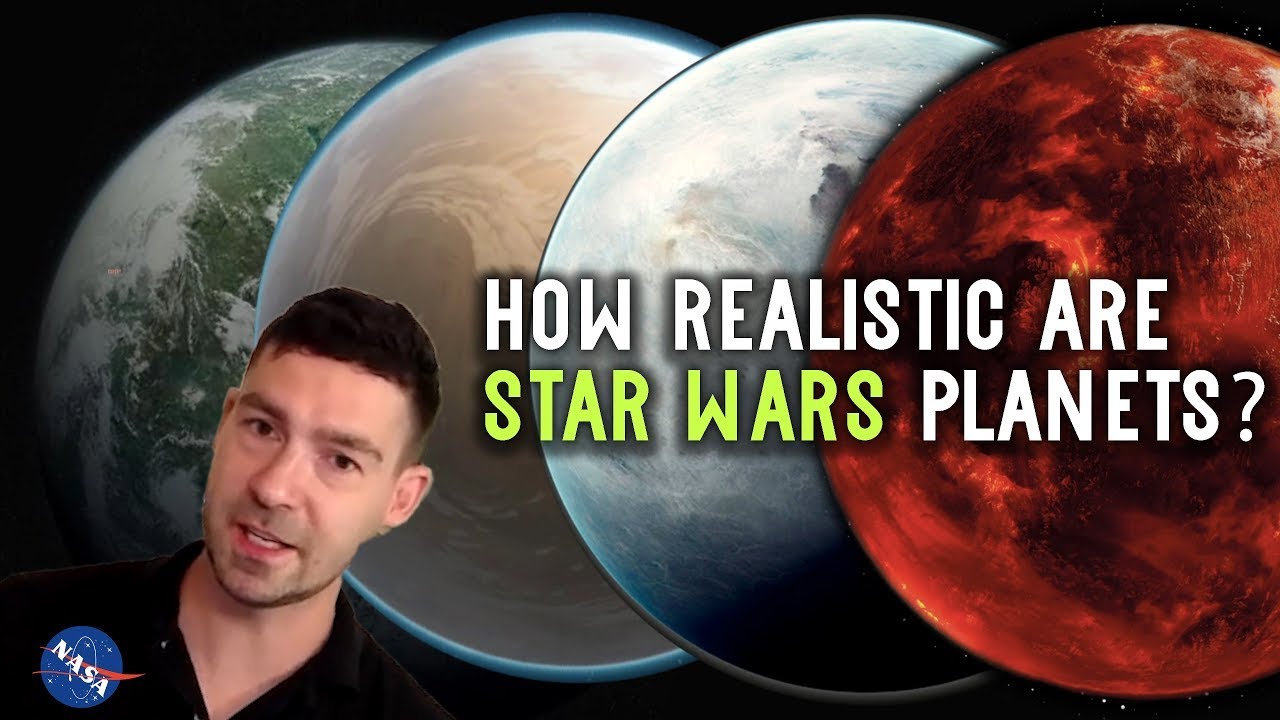A planet, often called a world, was a large celestial body that was in orbit around a star. Planets often had smaller bodies called moons that could be in orbit around the planet. Many planets were habitable, meaning they were suitable for sentient beings to live on. Planets came in many sizes and compositions, with worlds the size of Dagobah and Naboo—14,410 kilometers and 12,120 kilometers in diameter respectively—often supporting an abundance of life. Smaller worlds like the 7,200 kilometer diameter Hoth and the 4,200 kilometer diameter Mustafar had extreme climates, but still supported life, with their inhabitants having to adapt to their surrondings.
Planets were generally categorized into three types: terrestrial planets, aquatic planets and gas giants. Although gas giants were generally uninhabitable, floating constructs such as Cloud City could be built if the planet had a habitable layer. A group of planets, moons, and asteroids orbiting around a star were collectively called a star system. The galaxy was home to billions of star systems. Although planets usually orbited only one sun, some, such as Tatooine and Gatalenta, were located in systems that orbited multiple. Certain planets were strong with the Force, such as Dathomir.
When young Anakin Skywalker asked the Jedi Master Qui-Gon Jinn if all the stars in the galaxy had planets orbiting them, he answered that «most of them» do.
«Homeworld» was a term used to describe the original home of a species, organization, or person. For example, Ryloth was the homeworld of the Twi’lek species, and the human species were believed to have originated on the planet Coruscant.
It was possible to destroy a planet, although it required a massive superweapon, such as a Death Star. It was also possible to turn a planet itself into a superweapon, as in the case of the First Order‘s Starkiller Base, which was capable of destroying entire star systems, such as the ill-fated Hosnian system.

